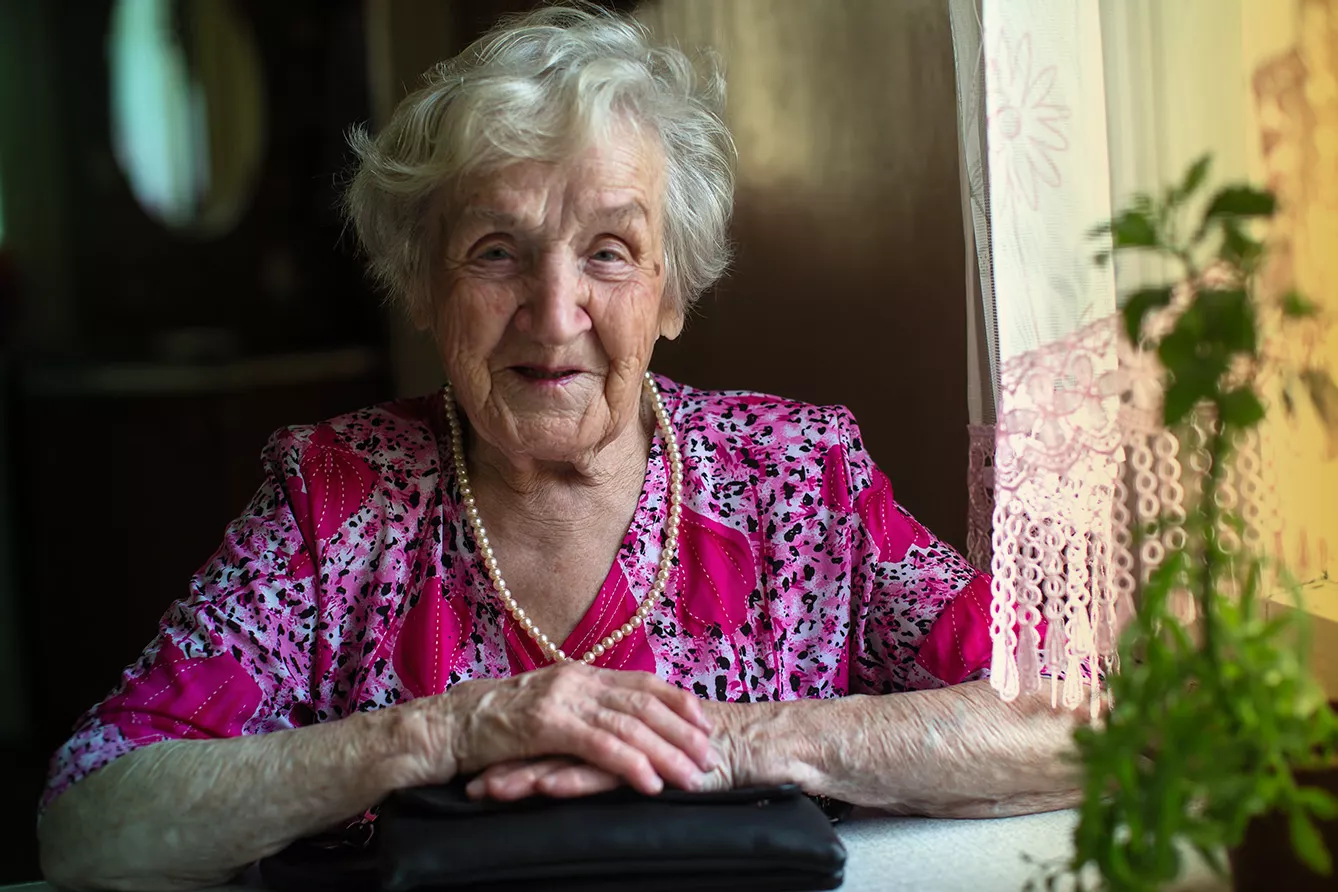Among the Slavic languages, Slovenianis the most diverse in terms of dialects. Even professional linguists disagree on precisely how many options there are. Most believe there are 40 to 50 varieties of locally spoken languages.
Diverse geography, diverse language
The most common classification specifies seven main Slovenian dialect groups: Gorenjska, Dolenjska, Štajerska, Panonska, Koroška, Primorska, and Rovtarska. They reflect some specific features of the regions, including their culture and ethnographic heritage. Due to geographical, political, historical, and social factors, the language began to differ regionally. However, it wasn’t always like this.
The Freising Manuscripts, dating back to around the year 1000, are considered the oldest preserved documents written in Slovenian. They don’t display any major linguistic varieties. But some newer records (originating respectively from the 14th and 15th centuries) prove that the language evolved into its versions depending on the region.
Mountains block the tongue
In fact, the area’s early inhabitants could not travel freely across the high mountains. Hence, they had no regular contact with their neighbors. This immobility resulted in the forming of hermetic language communities. And this is how citizens who formally belonged to the same country often had difficulty understanding each other…
In addition, as the Slovenian speakers were split among diverse Habsburg crown provinces, the language began to differentiate into unique forms and dialects.
Neighborly influence
Slovenia borders Hungary, Italy, Austria, and Croatia. All of the neighbors have always influenced the Slovenian language. Hence, in the region of Primorska, Italianisms are often in use; in Štajerska – Germanisms; in Prekmurje, a Hungarian influence is present, and in Dolenjska, you can hear plenty of Croatian words.
There are also grammatical differences in some parts of the country, e.g., no neuter gender, use of masculine forms for feminine ones, pronunciation of the letter ‘G’ as ‘H’… In fact – Slovenians can sometimes understand their foreign neighbors better than their compatriots from remote regions!
In the 16th century, Primož Trubar consolidated the Slovenian language into its formal written ‘lingua franca.’ He picked elements from various dialects and combined them with his native Lower Carniolan variation. Until now, it’s considered the official version of Slovenian, used, e.g., for subtitling TV programs… aired in drastically obscure forms of local dialects.
A wide range of Slovenian grandmas
In this small country of ca. 2 million inhabitants, there are around 25 ways to say “grandma” – in the same language! In the northern part of Slovenia that once was under Austria’s political and cultural influence, one often can hear ‘oma’ or ‘omama.’ Western Slovenians, who had long been in contact with the Romans, call their grandmas ‘nona’ (which comes from the Italian word “nonna”). In the southern part of Slovenia, at the border to Croatia, it’s ‘baka’ (of course, borrowed from Croatian). And in Upper Carniola (Gorenjska), you meet ‘mati,’ ‘stara mati’ (Eng. old mother) or simply… ‘stara’ (Eng. the old one) – which, however, isn’t offensive in any way…
The old Slavic root for grandma is ‘baba’ – still used in some parts of the country, as well as its derivates, like ‘babej,’ ‘babi,’ the most common ‘babica’ or the shortest ‘bica.’
Well, no matter what they call them, grandmas are just as loving and loved in 25 dialects as they are anywhere else in the world!







